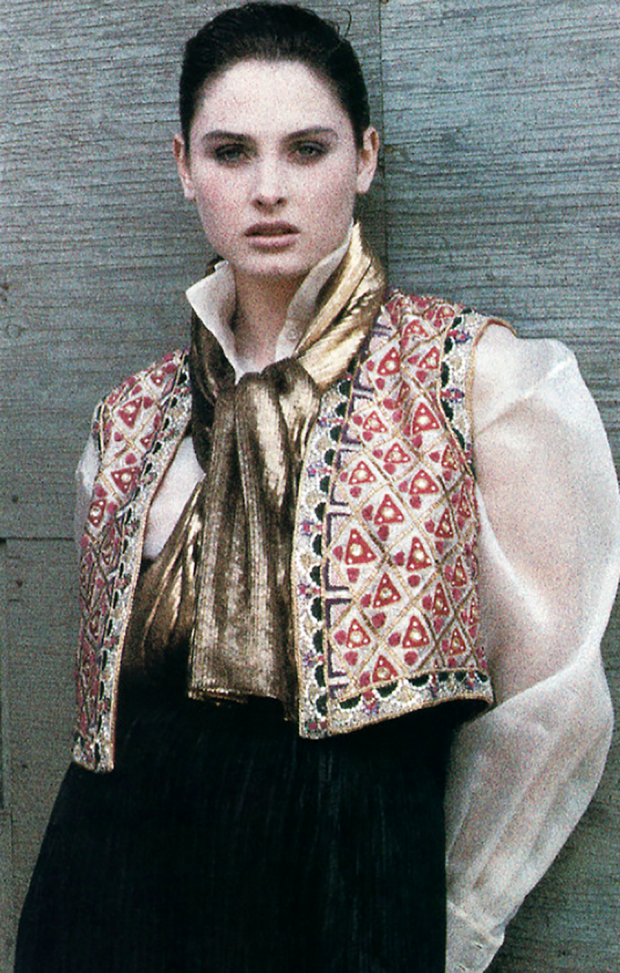
The ‘Glass House’ series, photographed for Façade magazine in Normandy in 1978, hides its models behind the panes of a ruined conservatory in one image they are scarcely there at all: mere memories of some idyllic (or institutional) past. The tendency finds its absurd apogee in the ‘Unseen Versailles’ series (1980): luxury without a lick of degradation.Īt her best, however, Turbeville suggests a more austere aesthetic: in key works of the late 1970s and early 1980s it is a look poised somewhere between the new hauteur of post-Punk and Kate Bush at her most authentically odd. 1978 is always at hand, winsome and strained. The look may aspire to equal parts Luchino Visconti, Jean Cocteau and Rainer Werner Fassbinder, but the bathetic spectre of, say, Jane Seymour advertising cheap perfume c. Soft focus functions as a fog of longing, regret and debilitating privilege. Her models loll about in powdered morning light, glide through opiate afternoons and collapse, neurasthenic, to the hissing of summer lawns.

At their least original or diverting (and allowing that Turbeville pioneered the style), her photographs are entirely of a piece with that decade’s mainstream revival of the styles of the 1890s and 1930s. In truth, a good deal of the work that she produced in the 1970s perturbs the fashion photography of the era only very slightly from its louche round of historical pastiche.

‘I am’, Turbeville has also announced, ‘very avant-garde and extreme.’

‘I say yes to style,’ she said, ‘yes to mood, yes to ambiguity.’ But Turbeville also says yes to Art, and ‘The Narrative Works: Photographs 1975–1997’, the first UK exhibition of her photographs, continued her use of a wide variety of print sizes, rough or unfinished surfaces and scraps of attendant text. Turbeville’s early career as a fashion photographer depended precisely on a degree of suggestive blur (first spotted by Richard Avedon) that rendered her subjects – not to say the clothes that were the ostensible pretext for the pictures – so many excuses for conjuring an alluring haze. Her most abiding images, the ‘Bath House’ series, produced for Vogue in 1975 (and reprised in the similar ‘Steam Room’ photographs of 1984), present models whose misty lassitude is the antithesis of Newton’s athletic automata.

Deborah Turbeville, you might say, is the anti-Helmut Newton.


 0 kommentar(er)
0 kommentar(er)
